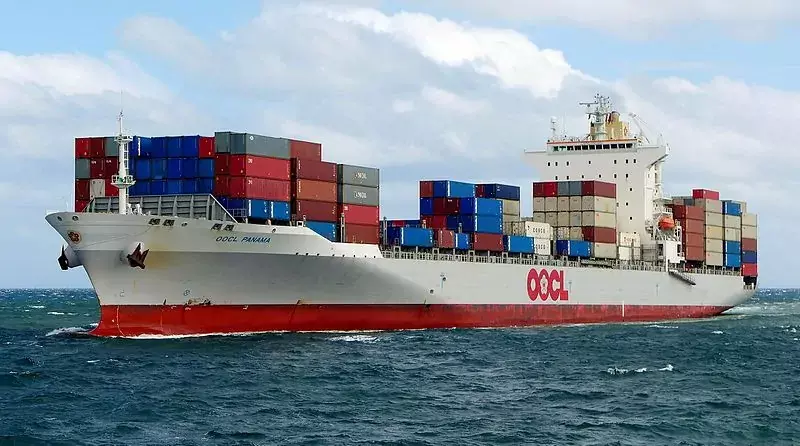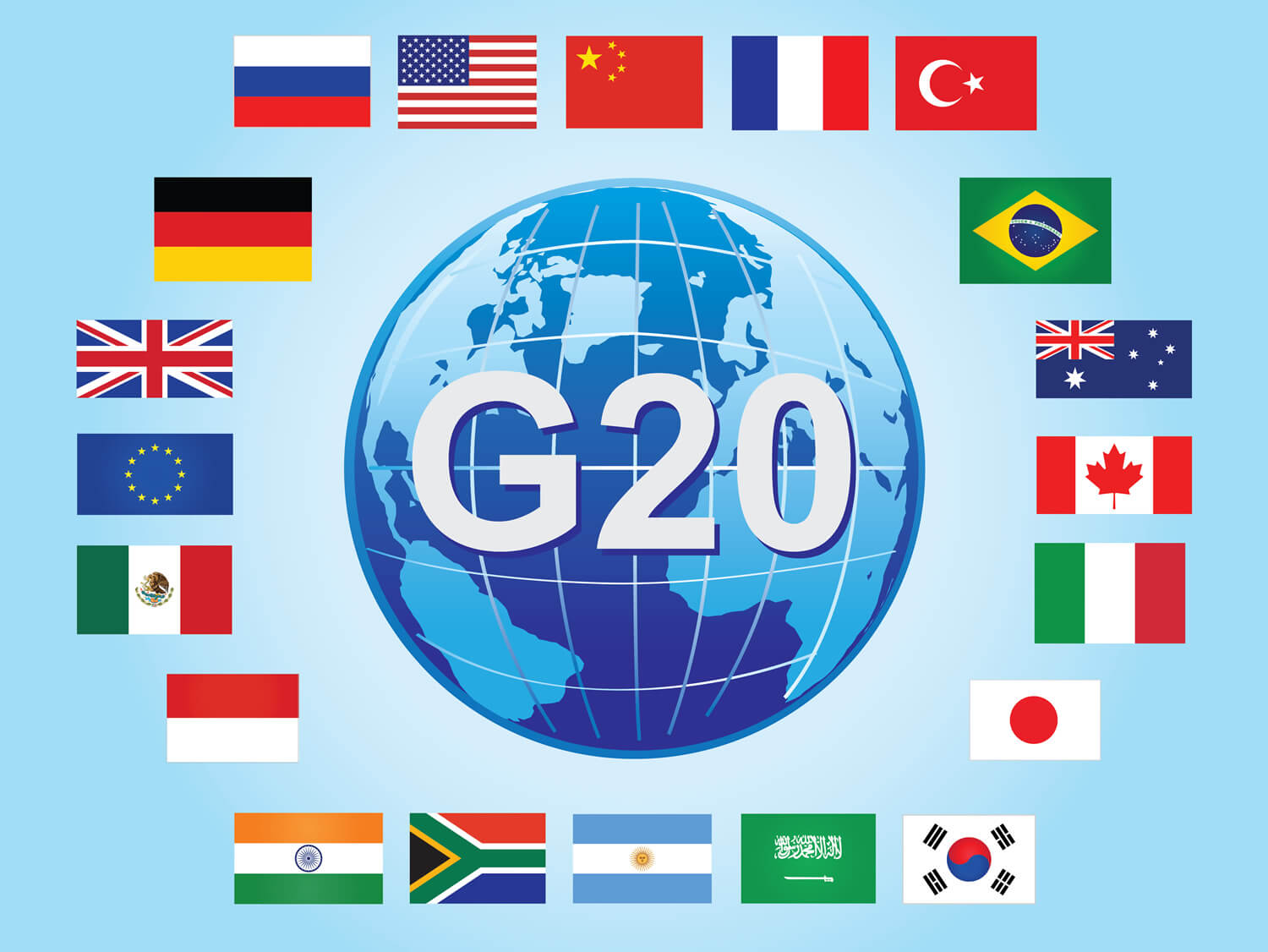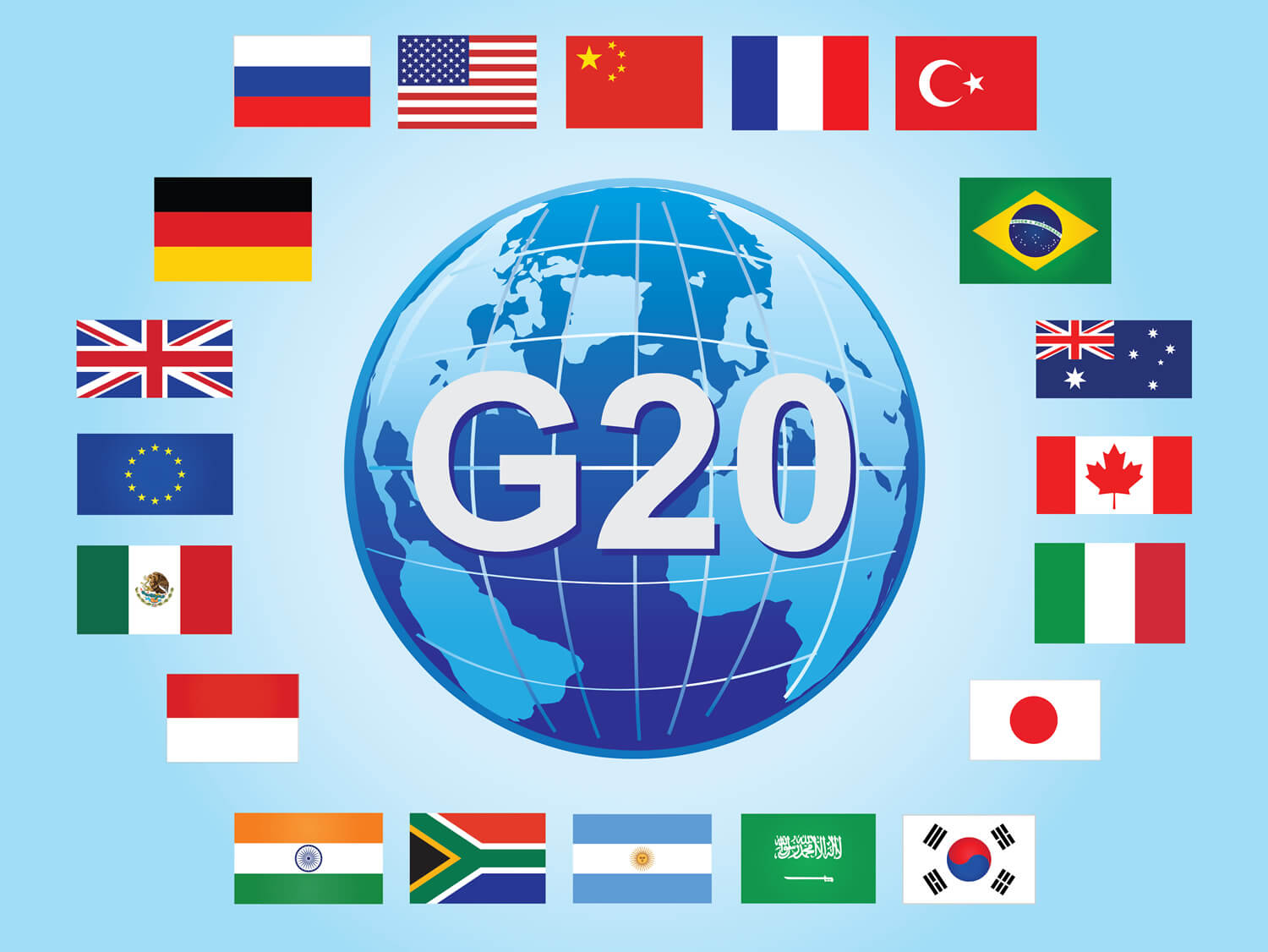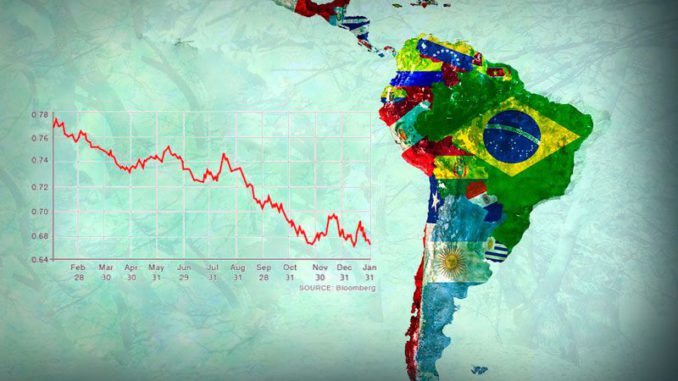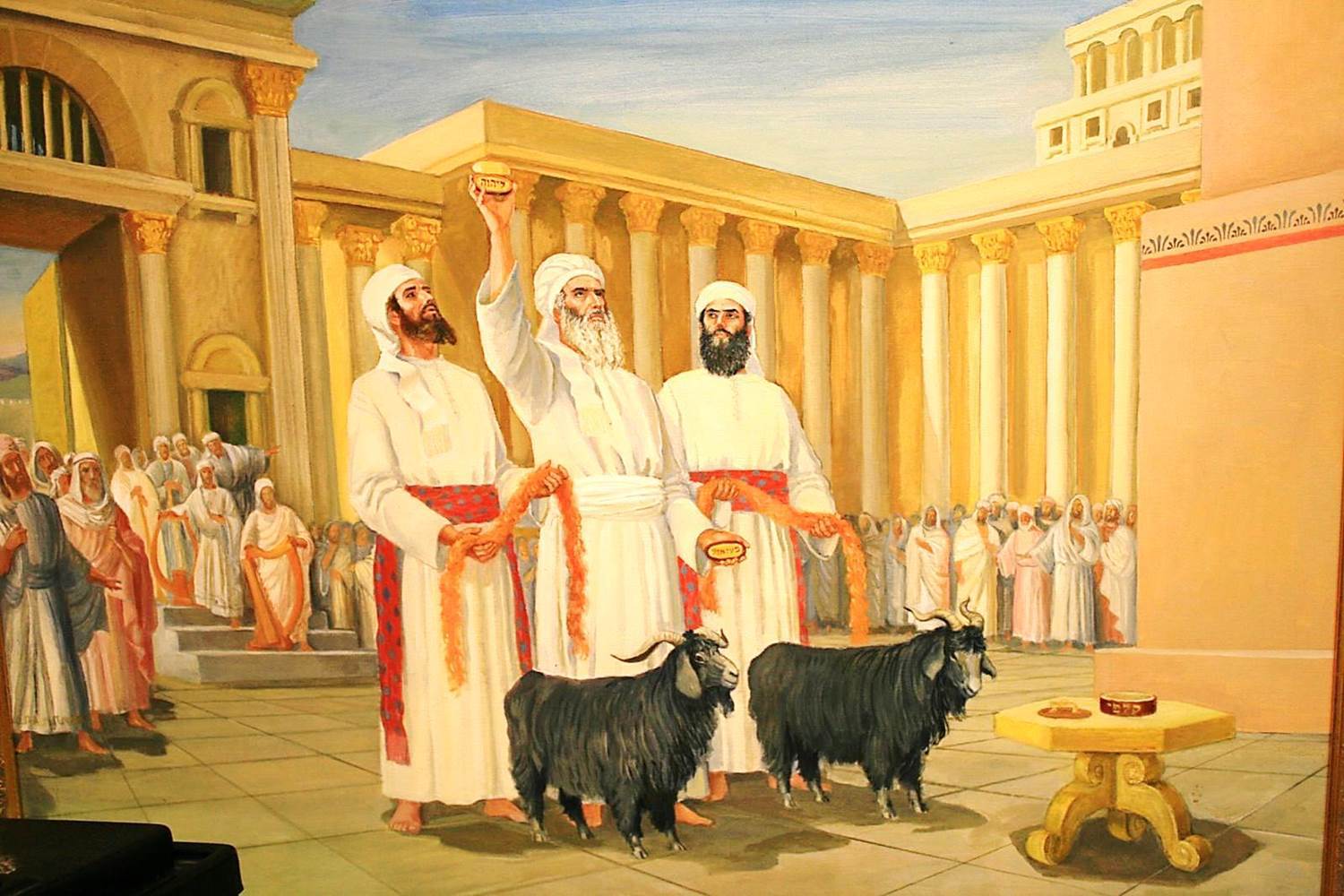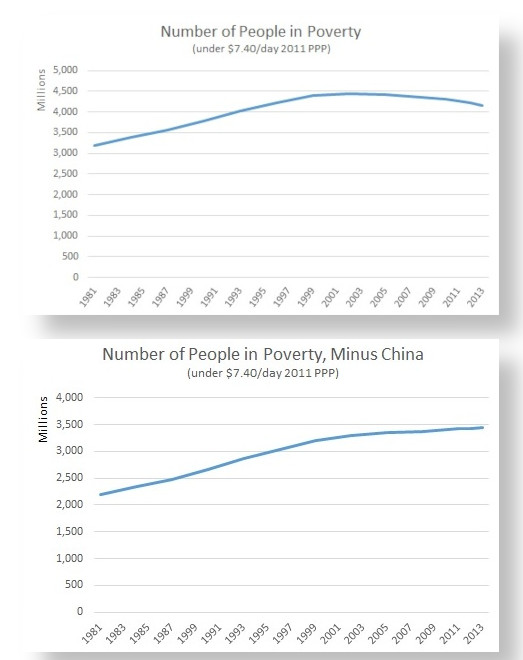Introduction
Most of the data is from this report by the UN Human Rights
Council
which I recommend reading in its entirety. I will summarise some important
relevant bits below.
The International Poverty Line, or IPL, is, according to the World Bank (alarm
bells go off), "a globally relevant yardstick that allows for the achievement
of the same meager needs in every country". In this post, I will try to show that
it is a dishonest attempt at gauging poverty.
What exactly is the International Poverty Line?
The current International Poverty Line, or IPL, is derived from an average of
national poverty lines adopted by 15 of the world’s poorest countries. It is not
based on any direct assessment of the cost of essential needs.[1] Instead, it is an
absolute line, constant in value, calculated and expressed using purchasing
power parity (PPP) dollars, which are designed to adjust for the costs of goods
in different countries in a way that market exchange rates do not. PPP is used
to compare international currency differences rather than market exchange values
because PPP as a metric is much stabler than exchange values, which exhibits
immense volatility. Regardless, PPP has problems of its own which are beyond the
scope of this post.
The current line of US$1.90 2011 PPP per day represents what that amount could
buy in the United States in 2011. Expressed in local currencies for the most
recent years available, the line translates to living on:
- 7.49 yuan per day in China
- 1.41 euros in Portugal
- 22.49 pesos in Mexico
- 50.83 rubles in Russia
- 355.18 naira in Nigeria
- 910.15 pesos in Chile
- 36.27 rupees in India
Why does it suck?
-
The IPL is explicitly designed to reflect a staggeringly low standard of
living, well below any reasonable conception of a life with dignity. For
comparison, Peter Edwards, in 2006, proposed an "ethical poverty line" that
would enable people to achieve normal life expectancy, which tripled the
number of people qualifying as poor compared to the IPL.[2] Similarly in
2006, using an approach to determine the lowest possible cost of a balanced
2,100 calorie diet and allowing for three square meters of living space,
Robert Allen calculated higher lines of $2.63 in developing countries and
$3.96 in high-income countries, which increases the World Bank's poverty
headcount by 50%.[3]
-
The IPL is arbitrary. It is an average of poverty lines of the fifteen
poorest nations and is not weighed against basic needs in any meaningful
way. For example, the US goverment in 2011 calculated the minimum expenditure
on food to be $5.04 per day, which is more than twice of what the IPL
suggests.[4]
-
The IPL doesn't take into account societal differences. Meaning that it doesn't take into account commodities that might be necessary in some societies but haven't been considered due to a narrow definituon of the poverty line as defined above. Cellphones or
transport may not be necessary in a low-income country, but are imperetive in
a high-income one. Similarly, it doesn't take into account the expenditure on
fuel and clothing in cold countries.
-
Aside from the IPL, there are critical flaws in how the World Bank does its
headcounts. For example, it doesn't account for uneven distribution of income
between men and women in the same households, which has been a reported
trend.[5] The result is that small systemic imbalances could result in a
large number of women living under the IPL but going
unreported. Additionally, hundreds of millions of vulnerable people are
excluded or underrepresented in the World Bank's data.[6] This includes
homeless people, pastoralists, migrant workers, refugees and displaced
persons, people affected by armed conflict, people residing in households but
not considered members (such as domestic workers), and those in informal
settlements.
If the IPL is so shit, why does it exist?
Simply put, the IPL's credibility is a reflection of the bourgeoisie's lack of
political will to eliminate poverty. The ultra-low line set by the World Bank
helps ensure positive results, even if the policies enacted lead to an
insignificant improvement in the living standards of the most poor.
Even with the abysmal standard of poverty set by the World Bank for itself, its
performance has been horrendous: 700 million people living under $1.90 is
unacceptable. But using more realistic measures exposes the true failures of
neoliberalism. The number living under a $5.50 line held almost steady between
1990 and 2015, declining from 3.5 to 3.4 billion, while the rate dropped from 67
percent to 46 percent.[7]
Much of the progress reflected under the Bank’s line is due not to any global
trend but to exceptional developments in China, where the number of people below
the IPL dropped from more than 750 million to 10 million between 1990 and
2015[8], accounting for a large proportion of the billion people ‘lifted’ out of
poverty during that period. This is even starker under higher poverty
lines. Without China, the global headcount under a $2.50 line barely changed
between 1990 and 2010.[9] And without East Asia and the Pacific, it would have
increased from 2.02 billion to 2.68 billion between 1990 and 2015 under a $5.50
line.[10]
Conclusion
Neoliberalism will be the death of us.
Sources
[1]: Francisco Ferreira, et al., “A Global Count of the Extreme Poor in 2012,” World Bank, 3 October 2015, pp. 39, 46.
[2]: Peter Edward, “The Ethical Poverty Line: A Moral Quantification of Absolute Poverty,” Third World Quarterly, vol. 27 (2006), p 388.
[3]: Allen, “Absolute Poverty,” pp. 3716-17.
[4]: Rahul Lahoti and Sanjay Reddy, “$1.90 Per Day: What Does it Say?,” Working Paper 25/2015, The New School for Social Research (2015), p. 13.
[5]: Raül Santaeulàlia-Llopis and Yu Zheng, “Why Is Food Consumption Inequality Underestimated? A Story of Vices and Children,” Working Paper 969 (2017).
[6]: Cobham estimates that over 350 million people are “systematically excluded from surveys and census data.” The Uncounted, p. 157. Also, Anthony Atkinson, Measuring Poverty around the World (2019), p. 128.
[7]: World Bank, Poverty and Shared Prosperity, p. 3.
[8]: World Bank, “Poverty and Equity Data Portal,” available at https://povertydata.worldbank.org/poverty/country/CHN.
[9]: Peter Edward and Andy Sumner, “Global Inequality and Global Poverty Since the Cold War: How robust is the optimistic narrative?,” in P. van Bergeijk and R. van der Hoeven (eds.), Sustainable Development Goals and Income Inequality (2017), Figures 6-9.
[10]: World Bank, “Regional aggregation using 2011 PPP and $1.9/day poverty line,” available at iresearch.worldbank.org/PovcalNet/povDuplicateWB.aspx

